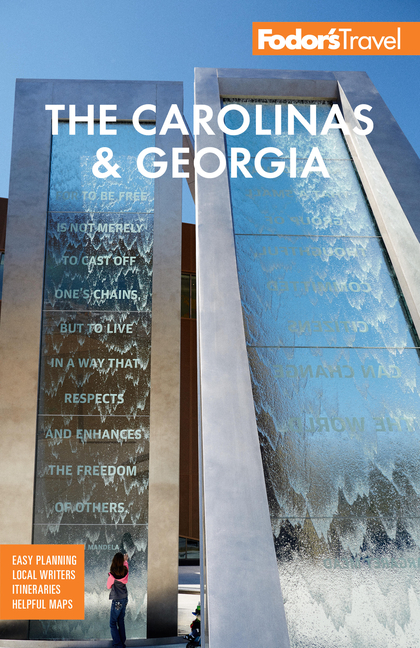Nestled in the countryside of Northwest Georgia is the antebellum town of Rome. Like its Italian namesake, it’s built on seven hills with a river running between them. Georgia’s Rome sits at the confluence of the Etowah and Oostanaula Rivers and was once a bustling river transportation hub. Cotton was king here, and the city’s industry and riverfront location played an important role in the Civil War. With the decline of steamboats and the rise of the automobile, Rome’s industry suffered as the interstate highway system reached north to Dalton but did not extend westward to Rome. Nonetheless, Rome reinvented itself as a business and education hub, preserving much of its architecture and green space with scenic river walks and parks. Its central location and historic charm make it a great place to stay and see other points of interest in the northwest Georgia region.
Rome is also an entry point to Georgia’s Chieftains Trail. Start at Chieftains Museum, the historic home of Major Ridge, one of the signers of the Treaty of New Echota. The treaty was essentially a forced agreement between the Cherokee and the federal government that launched the tragic Trail of Tears. A significant site on the heritage trail, New Echota returned to farmland after the eviction of the Cherokee but now serves as a state historic site with re-creations and some original buildings depicting the Cherokee capital as it was in the early 19th century. A bit farther north near Chatsworth, you can also visit the Chief Vann House, the 1804 mansion known as the "Showplace of the Cherokee Nation." For a touch of mystery, head east to Fort Mountain State Park to see a massive rock wall that dates back to AD 500. Many theories abound as to who built it—from unknown Indian tribes to the Cherokee legend of "Moon Eyes"—but no one knows for sure.





